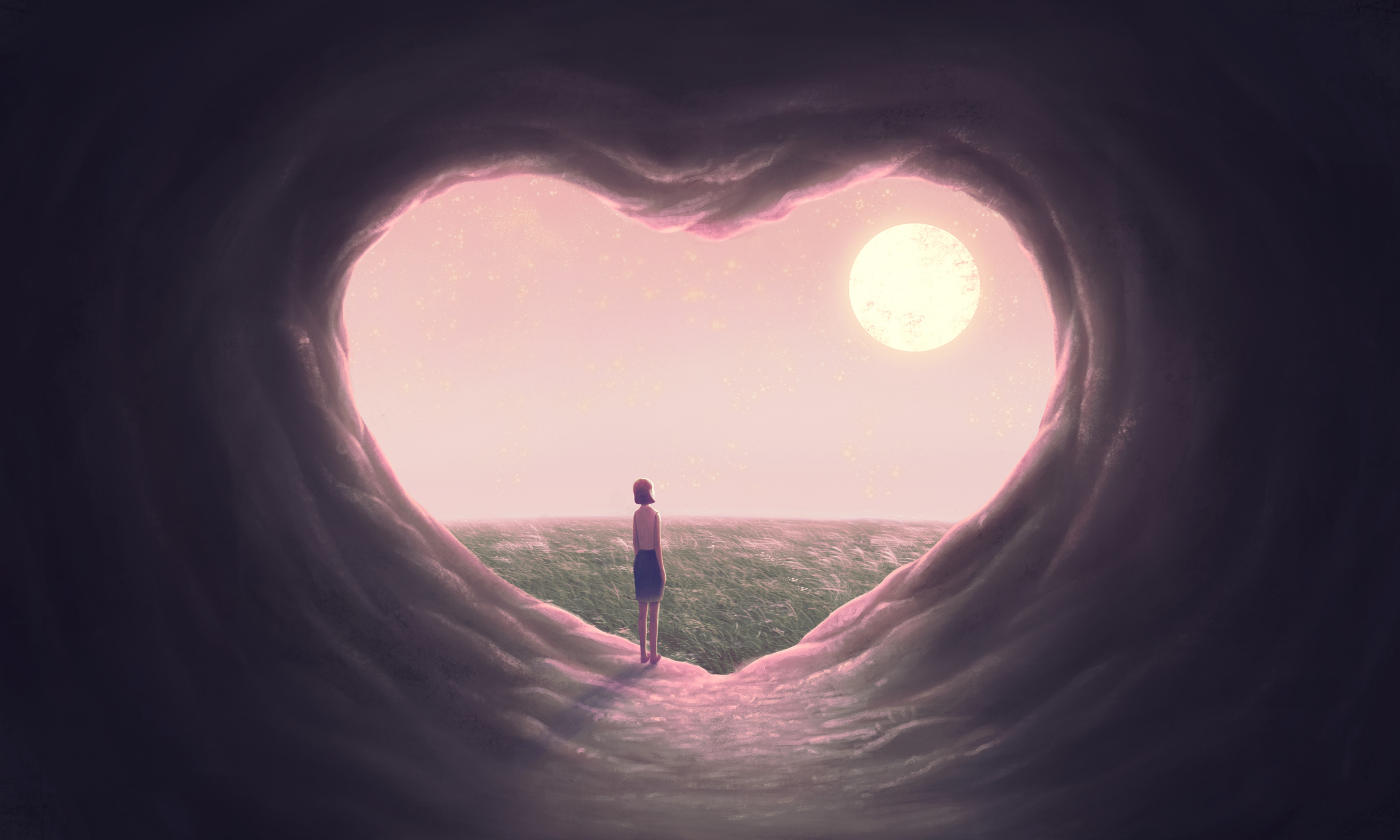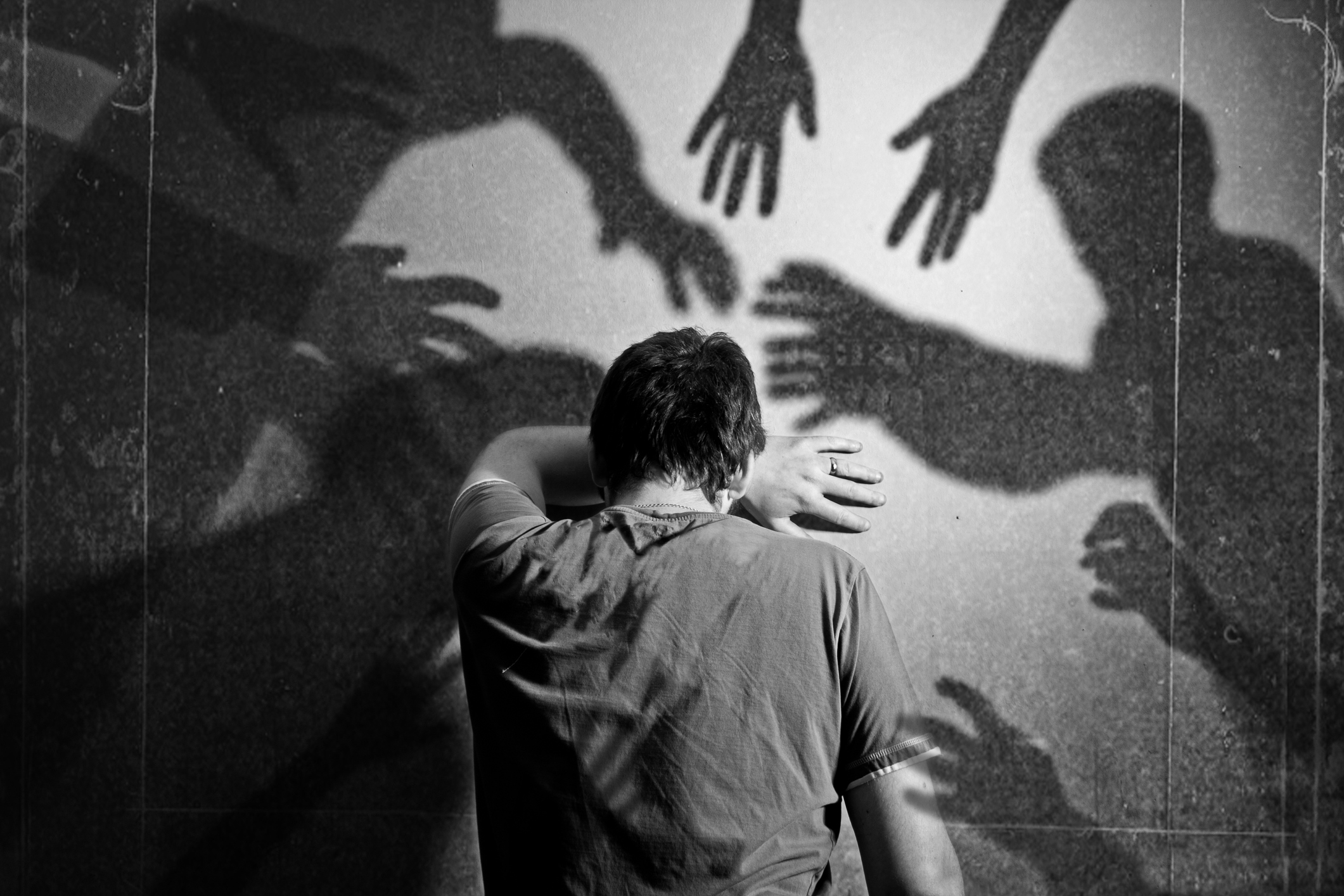HAPPY NURSE’S WEEK
BEING KIND DOESN’T HAVE TO LEAVE YOU KINDLESS . . .How to Give to Others without Burning Out
Research suggests that self-care can reduce stress and exhaustion—if we know how to practice it. . .

In our over-stressed world, many health care providers, social workers, and caregivers are suffering from slow yet painful burnout. Many of the rest of us, working long hours and raising families, seem to be approaching burnout, too. Sometimes we may feel that we’re too exhausted to keep giving to others, even though giving is a primary source of happiness in our lives.
So how can we keep giving without burning out? We’re told that self-care is the answer: Give yourself a treat; you deserve it. Take some time for yourself. Say no.
Indeed, a research review found that psychologists in training who practice more self-care report feeling less distressed and stressed and more satisfied with life. The question is: What does self-care look like, and how much of it do we need?
As it turns out, the trick is to be other-focused and kind, but to balance that with taking care of yourself as well. Here are some practices to help you do that.
Self-compassion

One particularly potent form of self-care involves transforming our relationship with ourselves—in particular, practicing self-compassion.
Self-compassion is treating yourself as you would a friend—with kindness rather than self-judgment—especially at times when you fail. Self-compassion is remembering that we all make mistakes, instead of beating ourselves up. And it means being mindful of emotions and thoughts without getting overly immersed in them. Self-compassion doesn’t mean being indulgent or letting yourself off the hook, but it also doesn’t mean being overly self-critical and harsh.
Elaine Beaumont at the University of Salford has conducted numerous studies looking at the impact of self-compassion on burnout and compassion fatigue. In a study of 100 student midwives—who routinely see both the miracle of new life and the tragedies that can accompany childbirth—Beaumont and her team found that midwives who had higher levels of self-compassion also showed less burnout and compassion fatigue symptoms. The opposite was true of midwives who were highly self-critical. She repeated this study with different caretaker professions and found similar results in nurses and students training to be counselors and psychotherapists.
In addition to being protected against burnout, people who are more self-compassionate tend to report feeling less stress and negative emotions. They’re also more optimistic and feel more happiness and other positive emotions, among other benefits.
To practice self-compassion, try some of the exercises that pioneering self-compassion researcher Kristin Neff has studied and written about in her book on self-compassion, such as writing a Self-Compassionate Letter, taking a Self-Compassion Break, or asking yourself: How Would I Treat a Friend?
Social connection
Caring for ourselves also means seeking social connections, who can provide practical and emotional support to us when we’re struggling. A study of nurses found that belonging to a more cohesive group at work helps prevent burnout and compassion fatigue, reducing the effects of stress and trauma.
This should come as no surprise: Social connection, from birth to old age, is one of our greatest human needs. Social connection leads to lower rates of anxiety and depression, strengthens our immune system, and can even lengthen our life.
Researchers agree that social connection has less to do with the number of friends you have than with how connected you feel on the inside, subjectively. In other words, you don’t have to be a social butterfly to reap the benefits; just aim to cultivate an internal sense of belonging with those around you.
How? The tricky part is that stress is linked to self-focus; our stressed minds turn towards me, myself, and I—making us even more miserable and disconnected from others. Meditation, yoga, breathing exercises, and walks in nature, as well as curbing caffeine, can all help us calm down and feel ready to reach out to others. A study we conducted at Stanford showed that loving-kindness meditation can be a quick way to nurture a sense of connection. Better yet, try meditating with a partner!
Empathy and compassion
It might seem counterintuitive that empathy—which includes attending to others’ struggles—would help us with our own, particularly for caregivers. But research in social workers shows that having more empathy can also prevent burnout. Brain-imaging research by Tania Singer suggests that compassion training can actually make you better at coping with other people’s suffering—helping you help others without paying the cost yourself.
One potential explanation for this finding is that, by developing feelings like compassion and empathy, we are protected from feeling distressed or overwhelmed in the face of suffering. When you truly connect with another person who is suffering, you can actually feel empowered and energized because you are inspired to uplift that person.
We’ve all had the experience of having a friend ask for help during a time of emergency. In these moments, we are usually capable of so much more than we imagined—we seem to find hidden reserves of energy. Afterward, we end up feeling much better than we did before.
Again, loving-kindness meditation is one way to start to cultivate empathy. When you speak with someone who is suffering, practicing active listening can help you provide comfort and support to them without having to solve their problems.
The benefits of giving
If we can figure out how to continue giving to others without suffering from burnout, we can expect to reap many benefits.
For example, volunteering can have a positive impact on health, with benefits for obesity, blood glucose, blood pressure, and longevity. Older volunteers can derive a great feeling of purpose and self-esteem from volunteering; research shows that it makes them feel happier, more connected to others, and more confident of their self-worth. The benefits of volunteering for well-being seem to be universal, holding across cultures as well as generations.
Other studies have found that we’re happier when we spend money on others, and that we experience more positive emotions when we engage in acts of kindness for others, rather than ourselves.
If you are shy or introverted or even have social anxiety, giving to others can actually still increase your happiness. Although giving tends to feel better when we connect with beneficiaries, for the truly shy or those who don’t have time, even kind acts conducted over the computer can increase well-being.
Self-compassion, social connection, and empathy are powerful forms of self-care—but that doesn’t mean that traditional self-care activities have no place in our lives. Keeping your spirits up with exercise, sleeping in, and making room for fun activities like movies or shopping are important. These pleasures give us short bursts of happiness that can help fuel us and keep us playful in life. To complement these more physical pleasures, giving and connecting with others in positive ways will bring us long-lasting feelings of joy that come from a life of purpose and meaning. The balance between the two is a ripe recipe for a happy, long, and fulfilling life.
 Psssssssssssssssssssssssssssssssssssssssssst:
Psssssssssssssssssssssssssssssssssssssssssst:
YOU ACTUALLY HAVE TO GO GET IT
(which is ultimate cure for BURN-OUT




























